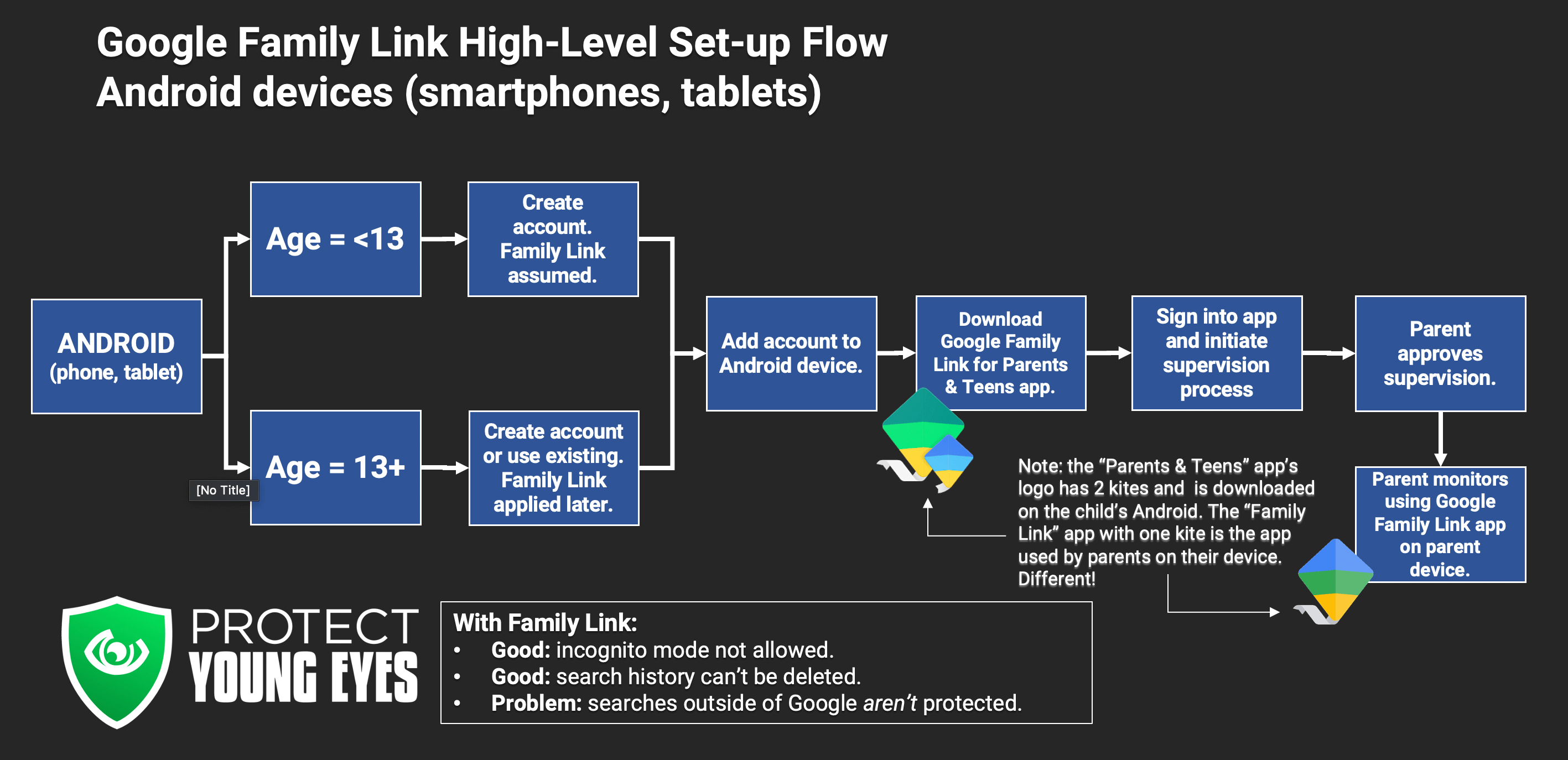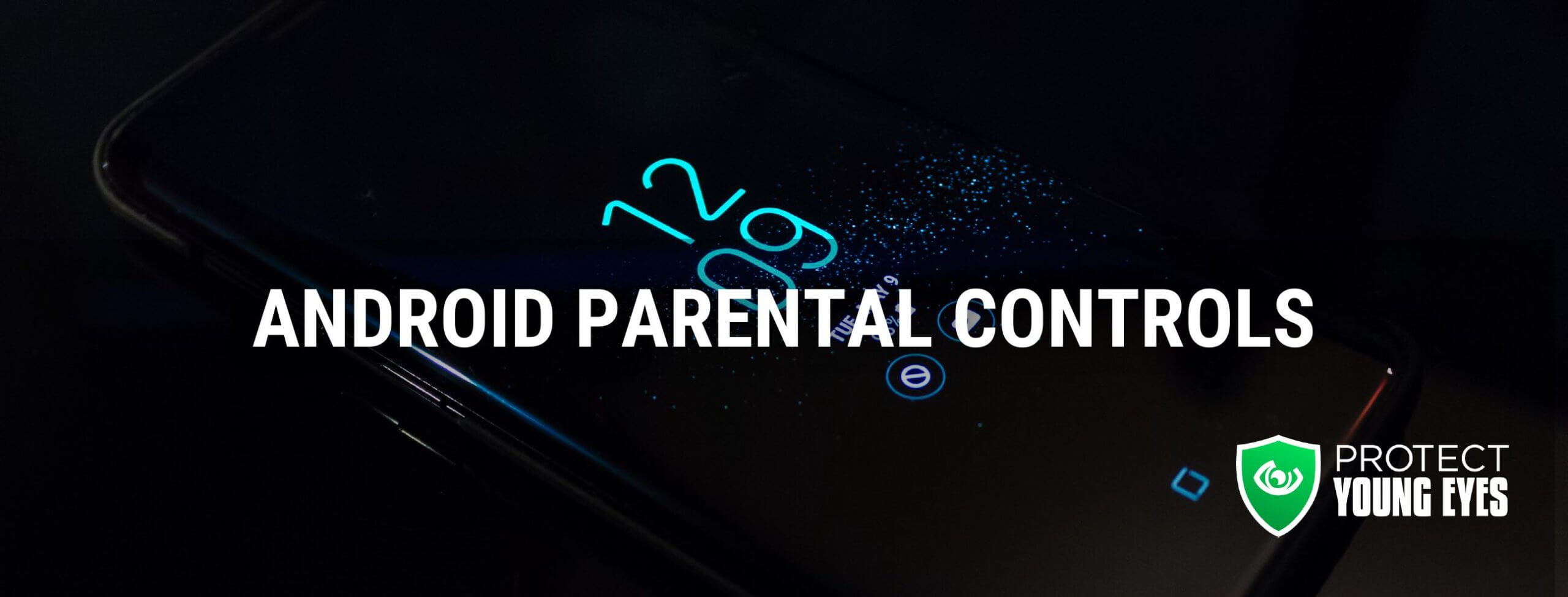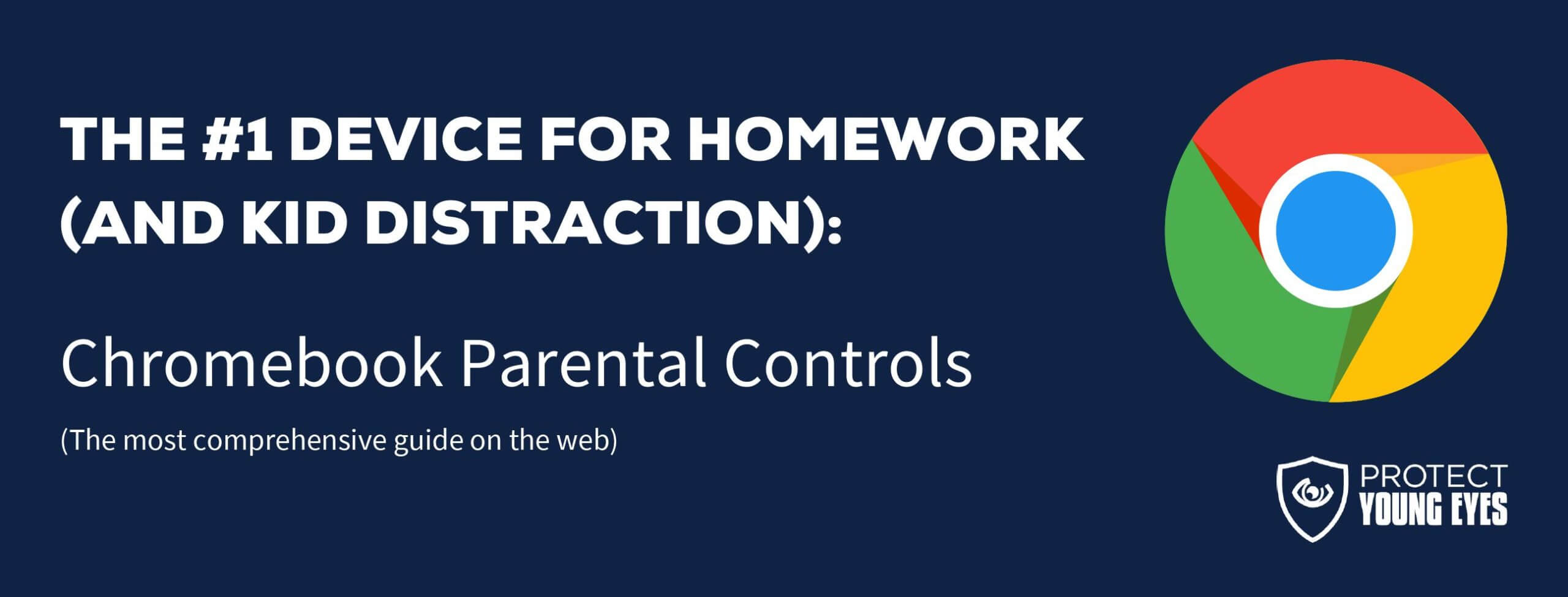Android Devices
App Profiles
The Complete Guide to Android Parental Controls
Updated: October 17, 2020
Related posts about Android parental controls – don’t worry, everything in these bulleted posts is included below if you don’t want to click around:
What’s better – Apple (iPhone) or Android parental controls?
- Android devices are definitely cheaper.
- Apple devices are typically seen as “more cool” by kids.
- Android’s operating system is much easier for a solution like Bark to monitor when it comes to monitoring Snapchat and Instagram’s direct messages (DMs), Instagram’s search (Explore) feature, and deleted text messages. All of these activities are either not possible, or in the case of deleted iMessage on an iPhone, are just more difficult and less accurate.
- Although both come with nice parental controls (Screen Time for iOS and Family Link for Android), the most recent version of Screen Time is so buggy that we now prefer Family Link [Related article: 12 iOS Screen Time Hacks, picked up by the Washington Post].
- Android’s Safe Mode is unfortunately a very effective parental control circumvention. We’ve been told that encrypting the Android phone might solve this issue by requiring a password, but we’ve never tried it.
Guard your Android Device with Layers
We believe there are multiple layers that should be in place in order to adequately protect an Android device.
We recommend 3 layers of Android protection:
-
- Layer 1: Guard the location of the Android device.
- Layer 2: Love your router (WiFi)!
- Layer 3: Use Family Link.
- Layer 4: Consider using additional parental controls.
Layer 1: Guard the location of the Android device.
Remember, where kids use technology often dictates how they use their technology. We have strong opinions about controlling where kids use their tech. For example, let’s keep all internet-ready devices out of bedrooms at night, where kids take more risks, and sleep is constantly interrupted.
Just know that the combination of boredom, bedrooms, and darkness (the Toxic Trio – register for the webinar!) can be tempting spots to make bad digital choices (whether you’re 14 or 40 years old!).
Related post: The 5 Worst Places for a Kid to be Online
Layer 2: Love your WiFi (router)!
The Router is the most important digital hardware in the house! And, it’s often the most ignored. We joke that routers are the social distance champion of technology. But, get this part of your internet safety plan correct! You are responsible for every digital click on your home’s network, so be sure to control the router.
Popular options for parents are:
-
-
- Gryphon Advance Security & Parental Controls router. We have really enjoyed the Gryphon. Top-notch set of parental controls. This is the router used by our CEO, Chris, with his four children. It gives you time control, YouTube Restricted Mode, and more. Easy set-up and a parent app that allows you to pause the internet with one touch.
- Alternatively, if you love your current router, but simply want to exert more control over it, then we recommend Bark Home. It connects to your router, giving you stronger parental controls over your home’s network. It’s not a router, but connects to your router. Easy-to-use app for you to exert screen time and app control over your kid.
-
**Bonus content – we tested the best routers out there and here’s WHY we picked Gryphon.
Layer 3: Use Family Link on the Android device.
This high-level flowchart shows what steps are needed to set-up Family Link on an Android device (smartphone or tablet).

Why would I use Family Link if I’ve done the steps above?
That’s a super logical question.
- If you choose NOT to use either of the VPN services that come with Gryphon or Circle, then you would want something to control the device when it’s using data and not attached to WiFi at your home.
- Some parents might not fully trust their kids against toggling off the VPN for Gryphon, Circle, or CleanBrowsing (see more about CleanBrowsing below).
Note – we would never suggest using JUST Family Link, not without minimally adding items to the block list (shown below) and maybe layering it with another parental control solution.
How do I set up Family Link on an Android phone or tablet?
The sequence is important. It looks like an overwhelming list, but you can do this! One step at a time.
- Download the Family Link app on your own smartphone or tablet (it’s available for both iOS or Android).
- If your child doesn’t have a Gmail account yet -> create a new Gmail account. If your child already has a Gmail account, then skip to step 2. If your child is <13 years old (in the United States – note that different countries have different ages that signal digital adulthood), then a parent will have to perform certain verification steps during the set-up process.
- Go to the Android phone or tablet and sign-in with the new child Gmail account you just created. If the child is <13, then Google will ask for parent permission for the child to sign in. If 13+, the smartphone or tablet will just allow the account to be added.
- Note: If this is your phone or tablet too, you’re out of luck. You can’t have a parent Gmail account and a Family Link supervised account both on the same device. Sign out of the parent account on the device.
- Download the Family Link for Children & Teens app onto the child’s Android smartphone or tablet. This is how a teen 13+ invites a parent or caring adult to use Family Link on the device.
- Child invites a parent or caring adult to supervise the Android device through the Family Link Children & Teens app.
- From the parent Google Family Link app, start at the top and work your way down.
- In settings, “safe search” (Google) and “block mature sites” (Chrome) are set by default. This is good, but click around. Note: if a child tries to visit a blocked URL, they will get a block page, and you will receive a notification in the Family Link app. It’s a nice feature.
- For example, “Location” is at the top, and you can use Family Link to keep track of where your child is.
- Under “Screen Time,” you may want to set limits for school or bedtime hours.
- Notice that you can check on what apps have been downloaded.
- Under “Settings on YouTube,” you now have multiple options for kids <13, instead of just forcing them to use YouTube Kids.
- Block porn: Family Link is horrible at it. Add the following search engines to Filters on Google Chrome > Manage sites >
-
- Imgur.com
- Reddit.com
- Gibiru.com (private search engine)
- Ecosia.com (search engine)
- Yandex.com (Russian search engine)
- Yandex.ru
- Yandex.com.tr
- Yandex.ua
- Dogpile.com (easy to toggle off safe search even with Screen Time enabled)
- Flickr (lots of inappropriate content)
- Excite.com (old search engine, can toggle off safe search even with Screen Time enabled)
- Instagram.com
- Tumblr.com
- Twitter.com (so much porn on Twitter)
Layer 4: Consider using additional parental controls.
Are any other parental controls needed on the Android?
It depends on your situation. As you can see from above, if you get the router right and enable Family Link, along with great conversations with your kids, that’s often enough. But, if you have a bunch of different devices, like a Chromebook, iPhone, Android tablet, and an iPad, in other words, then you might want a parental control software solution that does more.
- CleanBrowsing is an awesome content blocker. If you’ve already blocked the search engines above, great. But CleanBrowsing is double protection. You can find the CleanBrowsing app in the Google Play Store. It uses a VPN to stay locked in place, which can be toggled off by kids (unfortunately).
- Bark works great on Android devices, iPhones, and Chromebooks, but not laptops, PC. They have a unique text and social media monitoring algorithm.
- Covenant Eyes uses advanced screen monitoring and specializes in accountability reports, faith-based content, and 70+ member care reps to help. For teens who want to avoid porn specifically, it’s the best. Works on iPhones, Androids, Macs, and PCs.
Cell phone providers have their own parental control services, too. Families using Circle or Gryphon sometimes prefer layering the cell service provider controls when the phone is using data, since toggling off the VPN for Circle and Gryphon is easy. Here are links to each:
Android Parental Controls FAQ’s
Q: My kid has a school-issued Gmail account. Can he/she also use that account on the Android device?
A: Yes.
In the Family Link App for Children and Teens, tap the 3-line hamburger menu in the upper left. Then tap “Add school account” from the menu. A parent will have to sign-in if the kid is <13.
Q: I’m concerned about my kid’s privacy on the Android device. Especially with the school monitoring. How can I protect it?
A: Read this: How to Protect Your Privacy on Android.
Q: Can I use both Family Link and Bark or Mobicip at the same time?
A: Yes. They should allow layering. We have had some parents say that they’ve had some trouble with parental control services that use a VPN, like Bark and Mobicip do, along with Family Link, but the results are inconsistent. Family Link is free, which is great for some families. But it doesn’t cover social media like Bark. See our results from our popular Parental Control testing.
Q: Can my child use regular YouTube while Family Link is enabled?
A: Only if the Gmail account being monitored by Family Link is >13 years old. If <13, then they will have some options, including YouTube Kids, Explore (generally aligns with content ratings for viewers 9+), Explore More (13+), or Most of YouTube (what it says). These additional content levels were added in March 2021.
Q: Can I delete my child’s Family Link account at any time?
A: Yes! Just tap the 3 dots in the upper, right corner in your Family Link app, tap “Account info,” then tap “Delete Account.”
Q: I sometimes hand my young child my Android phone to watch something. How do I prevent him/her from accessing other content on the phone or downloading 10 new apps?
A: Wonderful question. There are a few options.
- Pinning – you can pin an app to the screen, which prevents the rest of the phone from being accessed. This is similar to the “Guided Access” feature on iPhones. Read more about pinning in the first paragraph of this Techwalla article.
- Limit app downloads – you can do this by harnessing the parental controls in the Google Play store. Read more about this option in the second section of this Techwalla article.
Q: What is Nearby Share?
A: Nearby Share is a way for Android devices to quickly send media (files, pictures, videos, etc.) to other Android devices via Bluetooth and location technology. It is the Google-equivalent of Apple’s AirDrop. Our article on cyber flashing explains that this feature can be used to send pornography to unsuspecting receivers. As of August 2020, this feature is very new and few details are available. It is now available on select Pixel and Samsung phones but will soon be available on all Android 6.0+ devices as well as Chromebooks. Here are some tips to know, and we will update as the technology is rolled out to more devices.
- This article shows how to turn on Nearby Share, share content, receive content, and change who can share content.
- At this time, we do not know if this feature can be turned off using Family Link.

*There may be affiliate links throughout this post because we’ve tested and trust a small list of parental control solutions. Our work saves you time! If you decide that you agree with us, then we may earn a small commission, which does nothing to your price. Enjoy!



